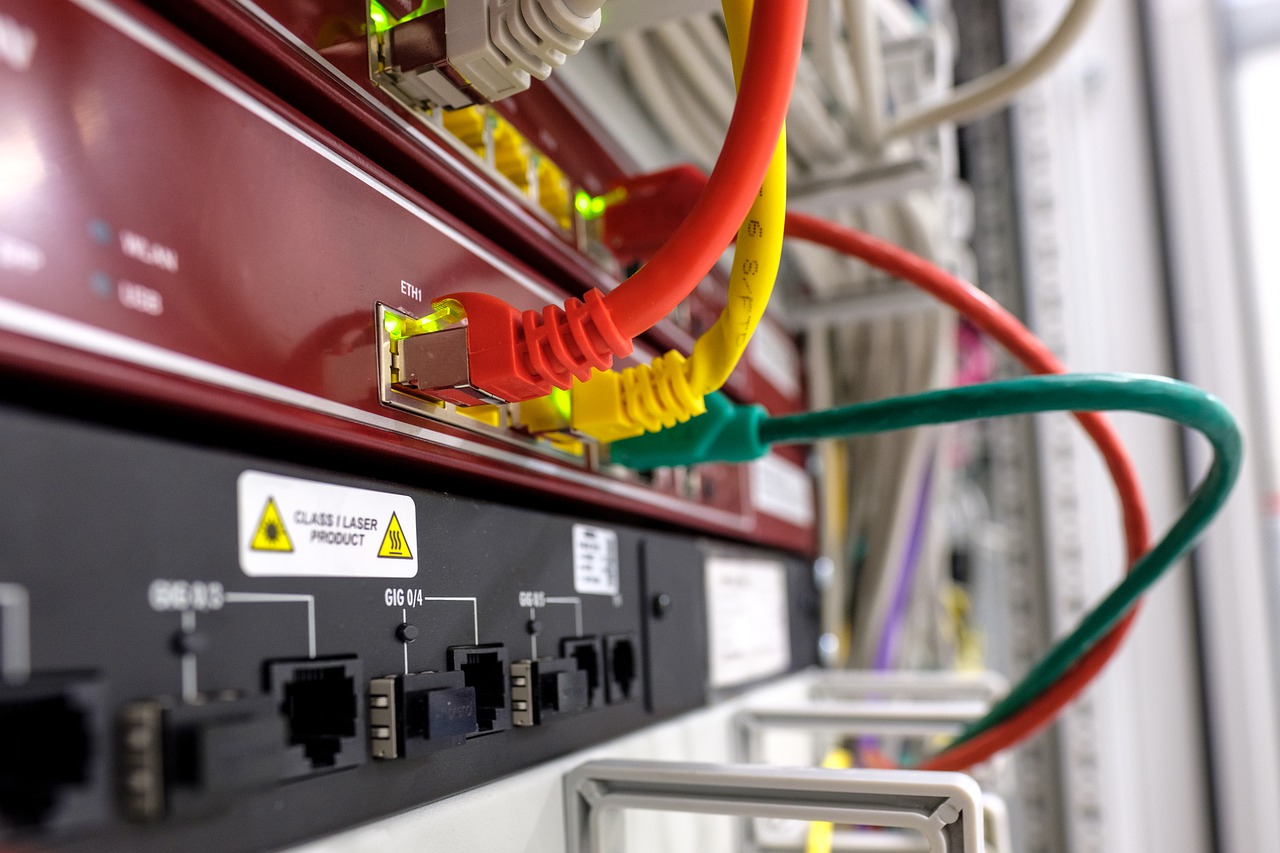Influencer marketing is nothing new. On the contrary, the phenomenon has existed for decades. The new is rather how the digital game plan changed the conditions.
Now it is no longer the companies that have taken over, but influencers who create their own platforms. With the relationship they build towards their followers, both influence and credibility become great, something that the companies have obviously taken and therefore use to their advantage by collaborating.
But as the industry is growing rapidly, both legislation and regulation have lagged behind.
At least it has taken some time to catch up here.
Contents
Facebook’s new influencer tool
One of the latest updates is that you can now boost posts from influencer collaborations directly through Facebook’s advertising tool. This means that the results will again end up with more and more advertisers, with greater control over, for example, their reach and engagement, depending on what the campaigns are optimized for.
With this, you are no longer dependent on influencers’ own followers, which has led to more and more companies turning to micro-influencers. Nor do the algorithms that limit how posts are distributed organically on e.g. Instagram needs to stand in the way longer. “Pay to play” (one of Facebook‘s many clever motto) is instead added to the rules of the game, even here.
Virtual influencers = the future?
But what will be the next step? Well, it seems to be creating in-house influencers.
For example, Adidas uses its micro influencers, which are even closer to the brand. Some of these are now in some sort of gray zone between micro and mega-influencers, and figure in campaigns together with big world stars like Messi. Something that can be interpreted as an attempt to both get closer to the target group but also counteract ad fatigue by creating unexpected combinations of known and unknown people in the same campaign.
The slightly more extreme examples are when designing your own influencers from scratch.
When Renault launched its campaign for the car model Kadjar (ironically called “Escaping to Real”), they introduced their virtual ambassador – Liv.
The Balmain fashion house has also produced its own virtual influencers / models, which, however, received criticism, among other things for being “” a white man’s digital projection of a black woman “by The New Yorker.
We are already used to the gray zone between real and fake
What is common to all of this is that influencers have always been known to showcase everyday life in their social channels, which may have been extraordinarily polished, with filters, photoshop and internship situations. So what’s the difference with this? In fact, it is just a matter of scaling it up further, where not only the reality presented is embellished (or purely fake in some cases), but also the influencer himself.






